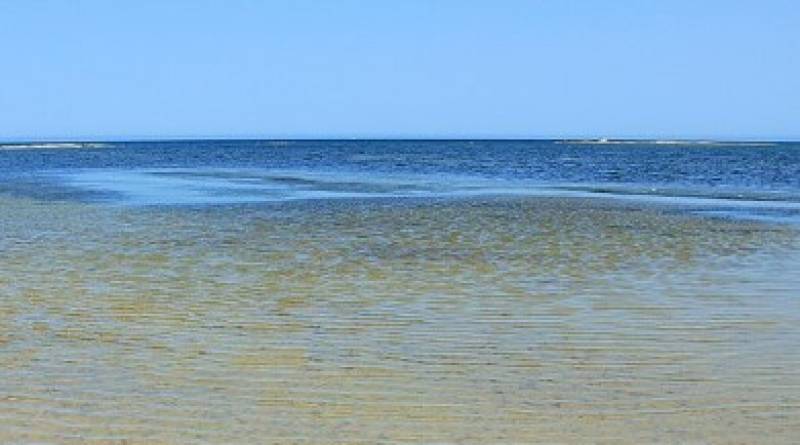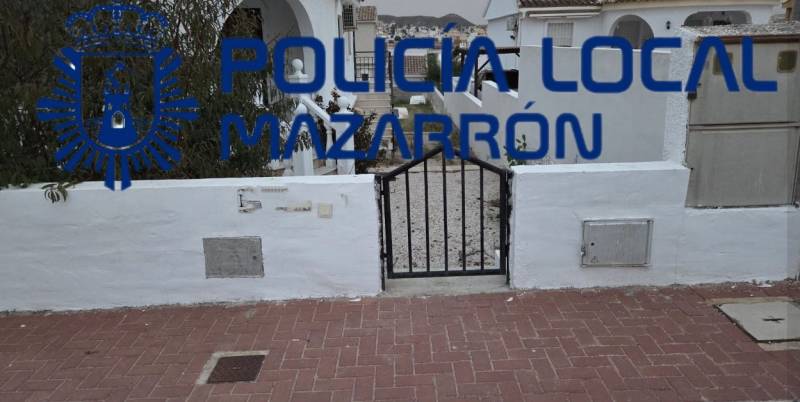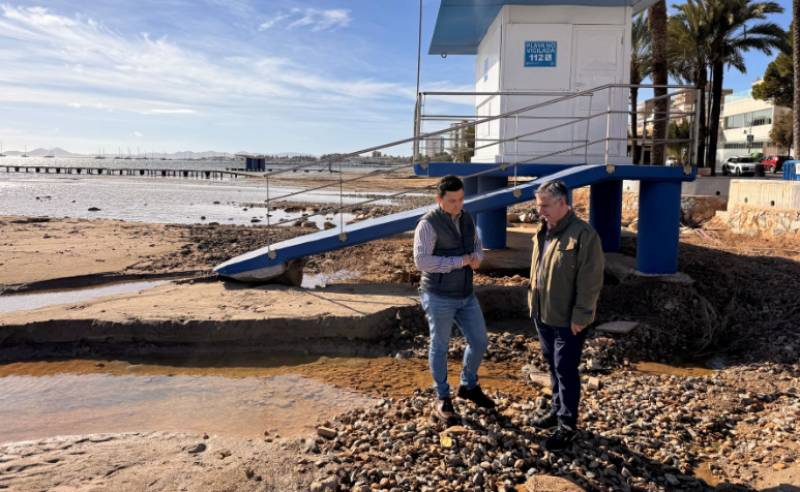

Guidelines for submitting articles to Mar Menor Golf Resort Today
Hello, and thank you for choosing Mar Menor Golf ResortToday.com to publicise your organisation’s info or event.
Mar Menor Golf Resort Today is a website set up by Murcia Today specifically for residents of the urbanisation in Southwest Murcia, providing news and information on what’s happening in the local area, which is the largest English-speaking expat area in the Region of Murcia.
When submitting text to be included on Mar Menor Golf Resort Today, please abide by the following guidelines so we can upload your article as swiftly as possible:
Send an email to editor@spaintodayonline.com or contact@murciatoday.com
Attach the information in a Word Document or Google Doc
Include all relevant points, including:
Who is the organisation running the event?
Where is it happening?
When?
How much does it cost?
Is it necessary to book beforehand, or can people just show up on the day?
…but try not to exceed 300 words
Also attach a photo to illustrate your article, no more than 100kb

Storm winds bring sudden relief as Mar Menor's oxygen crisis vanishes overnight
Wildlife mortality risk drops as lebeche winds restore oxygen levels, but experts urge continued vigilance
 Only yesterday it was reported that the Mar Menor was facing a genuine environmental emergency, as oxygen-starved waters in the southern lagoon sent fish fleeing to the surface and scientists warning of mass wildlife losses. But in an unexpected twist, scientists from the Spanish Institute of Oceanography (IEO-CSIC) have now confirmed that the dangerous anoxic pocket has "suddenly and surprisingly" disappeared, as abrupt weather changes delivered a rare reprieve.
Only yesterday it was reported that the Mar Menor was facing a genuine environmental emergency, as oxygen-starved waters in the southern lagoon sent fish fleeing to the surface and scientists warning of mass wildlife losses. But in an unexpected twist, scientists from the Spanish Institute of Oceanography (IEO-CSIC) have now confirmed that the dangerous anoxic pocket has "suddenly and surprisingly" disappeared, as abrupt weather changes delivered a rare reprieve.
According to the latest reports, lebeche (southwesterly) winds battered the lagoon over the weekend, boosting the exchange of water between the Mar Menor and the Mediterranean. As a result, the previously stratified layers of fresh floodwater and saltwater have largely mixed together. On Saturday October 25, scientists measured a dramatic shift: oxygen levels at the bottom soared from almost zero to between 4 and 6 mg/L; numbers that, while still not ideal, are once again compatible with marine life.
After days of witnessing abnormal behaviour and migration of seabed species trying to escape the suffocating conditions, the picture has now improved markedly: “The risk of stress and mortality in these animals has decreased as oxygen concentrations have returned to more tolerable levels,” the official report confirms.
That said, the crisis is far from over. Experts caution that the system remains fragile. Chlorophyll levels, the hallmark of “green soup” algae, have dropped across the lagoon, but are still high enough in the southern and central areas to limit light reaching the bottom, stifling benthic vegetation growth. Turbidity, too, has fallen, though it remains higher in those same zones and is subject to rapid fluctuations.
Scientists behind the IEO-CSIC Belich project underline how crucial continuous monitoring is in understanding these sudden changes. “This information constitutes the essential scientific basis for improving predictive models and, consequently, managing and making decisions about ecosystem recovery,” their team notes. However, they are clear that these conclusions remain “provisional and may be adjusted based on the meteorological and oceanographic developments in the coming days."
As many in Murcia and across Spain saw just two weeks ago with the havoc wreaked by Storm Alice, a deluge that battered coastal towns, closed roads and dumped more than 16 hectometres of water into the lagoon, the Mar Menor’s condition can swing dramatically and without warning.
So, while there is room for cautious optimism after this weekend’s turnaround, scientists and residents alike know better than to claim the crisis is truly over. The Mar Menor, for now, has been given another chance - but not, perhaps, a clean bill of health.
Image: wikicommons





















